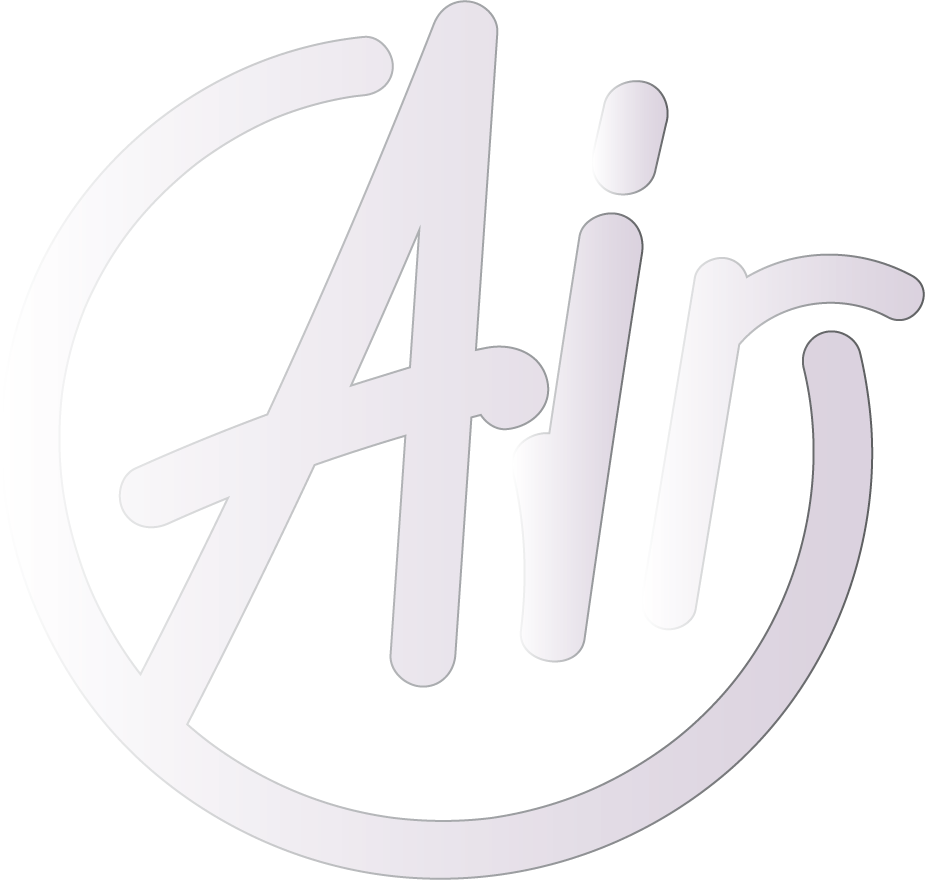Web 3.0: A Glimpse into a Future Beyond Today’s Internet
In a world of rapid technological change, Web 3.0 is emerging as a new generation of the internet. It’s more than a simple update—it’s a fundamental shift in the digital landscape.
But what do these changes mean, and how will they impact our lives?
What is Web 3.0?
Web 3.0 is the third generation of the internet, where technologies like blockchain, artificial intelligence (AI), and the Internet of Things (IoT) play key roles. Web 1.0 was the static, initial version of the internet. Web 2.0 brought the interactive and social web we use today. Now, Web 3.0 is built on decentralized data and enhanced transparency.
Changing the Concept of Ownership in the Digital World
Today, users are often passive consumers of information. Every click we make leaves a digital footprint stored on the massive servers of large companies. In this model, known as “Web 2.0,” control over data lies with tech giants, not users. However, Web 3.0 seeks to change this paradigm. In this new version, the concept of data ownership is entirely redefined. Instead of large corporations owning our data, users gain greater power in managing and controlling their information.
Web 3.0, leveraging technologies like blockchain and distributed systems, provides a platform for storing data in a decentralized and transparent network rather than centralized servers. This allows users to decide who can access their information and how it’s used. Ownership and control of data, once exclusive to corporations, now belong to individuals.

The Role of Artificial Intelligence in the Third-Generation Internet
Artificial intelligence, which is already prevalent in everything from search engines to content personalization apps, will play a key role in Web 3.0. However, in this new generation of the internet, AI will work to improve user experiences without the need for centralized oversight from major companies.
In Web 3.0, AI will be able to analyze decentralized data and offer more accurate insights and tailored content based on each user’s needs. This not only enhances the user experience but also helps create a more personal and secure digital environment. Information is no longer easily accessible by corporations but only used with the users’ consent.
A New Digital Economy: From Smart Contracts to Digital Asset Ownership
One of the most prominent aspects of Web 3.0 is the creation of a new and independent digital economy. Blockchain technology, which lies at the heart of this revolution, enables the creation and execution of smart contracts. In simple terms, smart contracts are self-executing agreements that operate without the need for centralized intermediaries. These contracts can be automatically and transparently executed using programming code, reducing the time and costs typically associated with traditional agreements.
But this is just a small part of Web 3.0’s digital economy. Digital assets, which may include cryptocurrencies, NFTs, and even virtual assets in online worlds, give users the ability to own and trade their assets in this new environment. Web 3.0 blurs the lines between the physical and digital worlds like never before, defining a new economy where users are not only consumers but also creators and owners of their digital assets.
Cultural and Social Prerequisites
No matter how advanced technologies become, their acceptance relies on social and cultural factors. Web 3.0, as a revolution in digital infrastructure, requires significant changes in user attitudes and behaviors.Concepts like cryptocurrencies and smart contracts may still seem complex and intangible to many. Digital communities need proper education to understand and embrace this new space.
Additionally, governments and legal institutions must prepare for this new world. The regulations that govern today’s digital space are mostly built on centralized models. With the emergence of Web 3.0 and the expansion of decentralized systems, new and more flexible legal frameworks will be necessary. Therefore, the path to adopting Web 3.0 depends not only on its technological development but also on the cultural, social, and legal readiness of societies.

Is Web 3.0 the Future of the Internet?
Despite all these explanations, many questions about Web 3.0 remain. Can it truly replace current models of the internet? Are users ready for such a fundamental change? While the answers may still be unclear, one thing is certain: Web 3.0 is more than just a technological trend. It’s a transformation that can reshape the economic, social, and cultural foundations of the digital world for years to come.
Just as the Internet connected the world in the past decades and created countless opportunities for communication and commerce, Web 3.0 has the potential to redraw the boundaries of the digital realm. The future may be uncertain, but we are undoubtedly on the brink of a major transformation.
Why Does Web 3.0 Matter?
This generation of the internet is not just technologically advanced but also has profound social and economic implications. It could help create fairer and more transparent systems, freeing users from dependence on tech giants.
Ultimately, Web 3.0 represents the future of the digital world, and the sooner we adapt to it, the sooner we can take advantage of the new opportunities this space offers.





